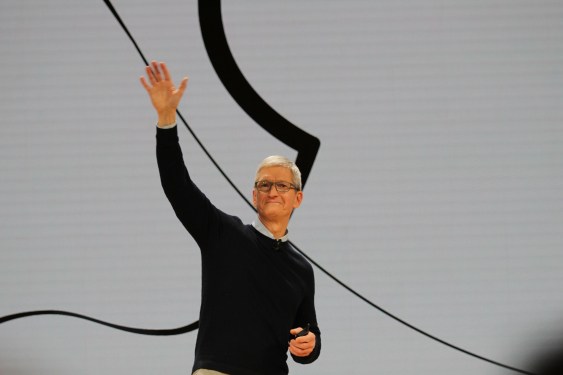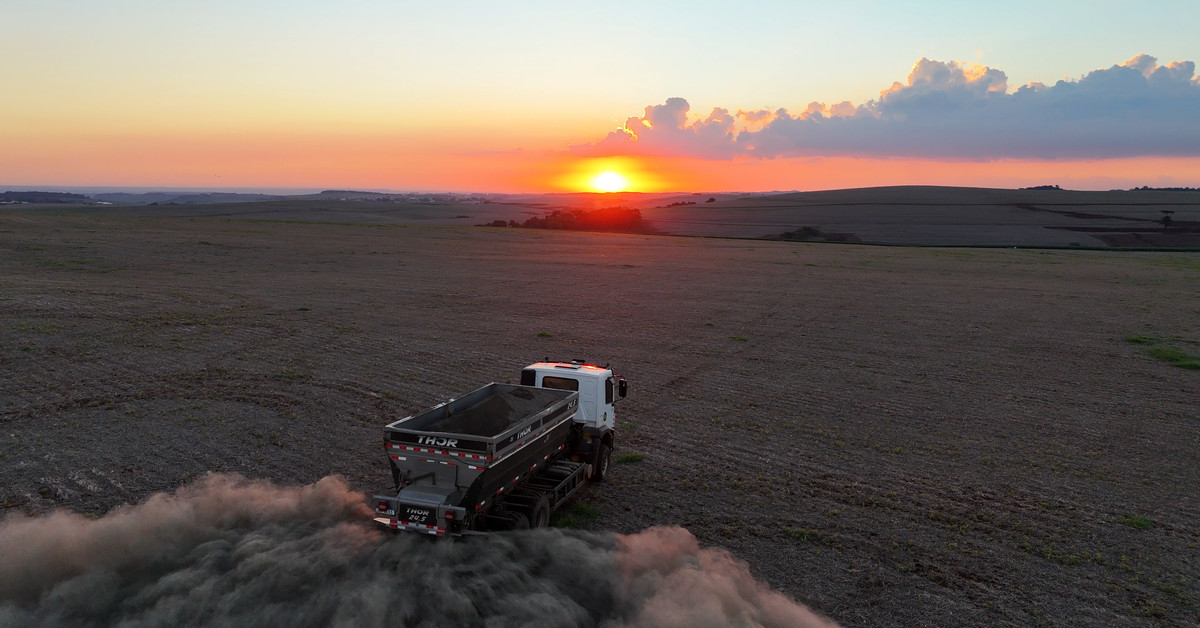After making significant strides in cutting into Google’s search dominance, TikTok is now taking aim at e-commerce giants like Amazon with its latest feature. The social media giant confirmed to TechCrunch that it’s testing a new capability for users to upload photos and find similar products directly within the TikTok Shop app. This feature, which was first spotted by user Jonah Manzano, is currently available in the United States and Southeast Asia.
How TikTok’s New Photo Search Feature Works
The new feature allows users to search for products based on images they upload or take from their device. Once a photo is uploaded, users can see it appear as a camera icon within the search bar of TikTok Shop. This innovation mirrors similar features offered by Amazon’s photo-based shopping tool and Google Lens, which has long provided visual search capabilities for its users.
For example, imagine you’re dining at your favorite restaurant and notice that the plate on the table looks particularly appealing to you. You could open the TikTok app, snap a picture of the plate, and then use the new feature to find similar plates available for purchase in TikTok Shop. Similarly, if you’re shopping online and come across a top you love but it’s too expensive, you can save the image of that top by taking a photo with your phone or snapping a picture from the app store.
This feature represents a significant shift away from traditional text-based search queries. TikTok is essentially offering users an alternative way to discover products they might be interested in, leveraging one of its core strengths: user-generated content. By allowing users to search for items based on images, TikTok is hoping to attract more purchases directly within the app, thereby increasing its market share and driving revenue.
Why TikTok’s New Feature Matters
While TikTok has already made significant strides in challenging Google’s dominance in the social media space, this new feature takes the battle to another level by targeting e-commerce. By offering a photo-based shopping tool, TikTok is not only competing with Amazon but also trying to tap into the growing market for visual search and product discovery.
The feature could prove particularly useful for users who rely on photos or videos to make purchasing decisions. For instance, many people use images to compare products before making a purchase decision. With TikTok’s new tool, users can easily find similar items they’ve seen elsewhere in their feeds or from brands they trust.
Additionally, this feature could help TikTok differentiate itself from its competitors by providing a more seamless and intuitive shopping experience within the app. By offering a photo-based search tool, TikTok is also setting the stage for future innovations, such as augmented reality features or collaborative filtering based on user preferences.
TikTok’s Strategy to Outperform Google
TikTok’s move to challenge Google’s dominance in search is part of a broader strategy to position itself as a one-stop destination for users seeking both entertainment and commerce. The app has long been known for its vibrant community-driven content, but recent initiatives have shown that it can also serve as a platform for e-commerce.
The introduction of TikTok Shop in 2019 was already a significant step in this direction. Since then, the app has expanded its offering to include features like shopping lists and product reviews, further solidifying its position as a place where users can not only consume content but also engage in commerce.
With its new photo-based search feature, TikTok is taking another big step forward in this evolution. By leveraging its existing user base and platform, the app is positioning itself to capture a larger share of the e-commerce market while simultaneously maintaining its reputation as a leading social media platform.
Challenges Ahead
Despite the potential of its new feature, TikTok faces several challenges in integrating photo-based search into its existing platform. One of the biggest hurdles will be ensuring that the feature works seamlessly across different devices and operating systems. For example, users who primarily use TikTok on their smartphones might find it difficult to use the new feature if their phones lack sufficient storage or processing power.
Another challenge is maintaining user engagement with the feature. While photo-based search has obvious benefits for users, some may not be as interested in using it as others. TikTok will need to carefully market and promote the feature to ensure that it reaches the right audience and generates the desired results.
Finally, TikTok must also contend with existing competitors who have already established their own photo-based shopping tools or features. For example, Instagram has its own shopping offerings, such as Shop, which allow users to discover products based on images they’ve saved in their stories. By offering a more integrated experience within the app, TikTok may be able to carve out a unique niche for itself in this space.
Conclusion
TikTok’s new photo-based search feature represents a bold move by the social media giant to challenge Google’s dominance in both search and e-commerce. With its existing user base and platform, TikTok is well-positioned to succeed in this competitive landscape. However, the company will need to carefully manage the rollout of the feature and invest heavily in marketing to ensure it reaches users who are most likely to benefit from it.
For now, TikTok’s new photo search tool is available on its official website and mobile app for users in the United States and Southeast Asia. Whether this feature will ultimately help TikTok challenge Google remains to be seen. But one thing is clear: TikTok is no longer just a social media platform—it’s also stepping into the realm of e-commerce, proving that it has the potential to do more than just entertain.




